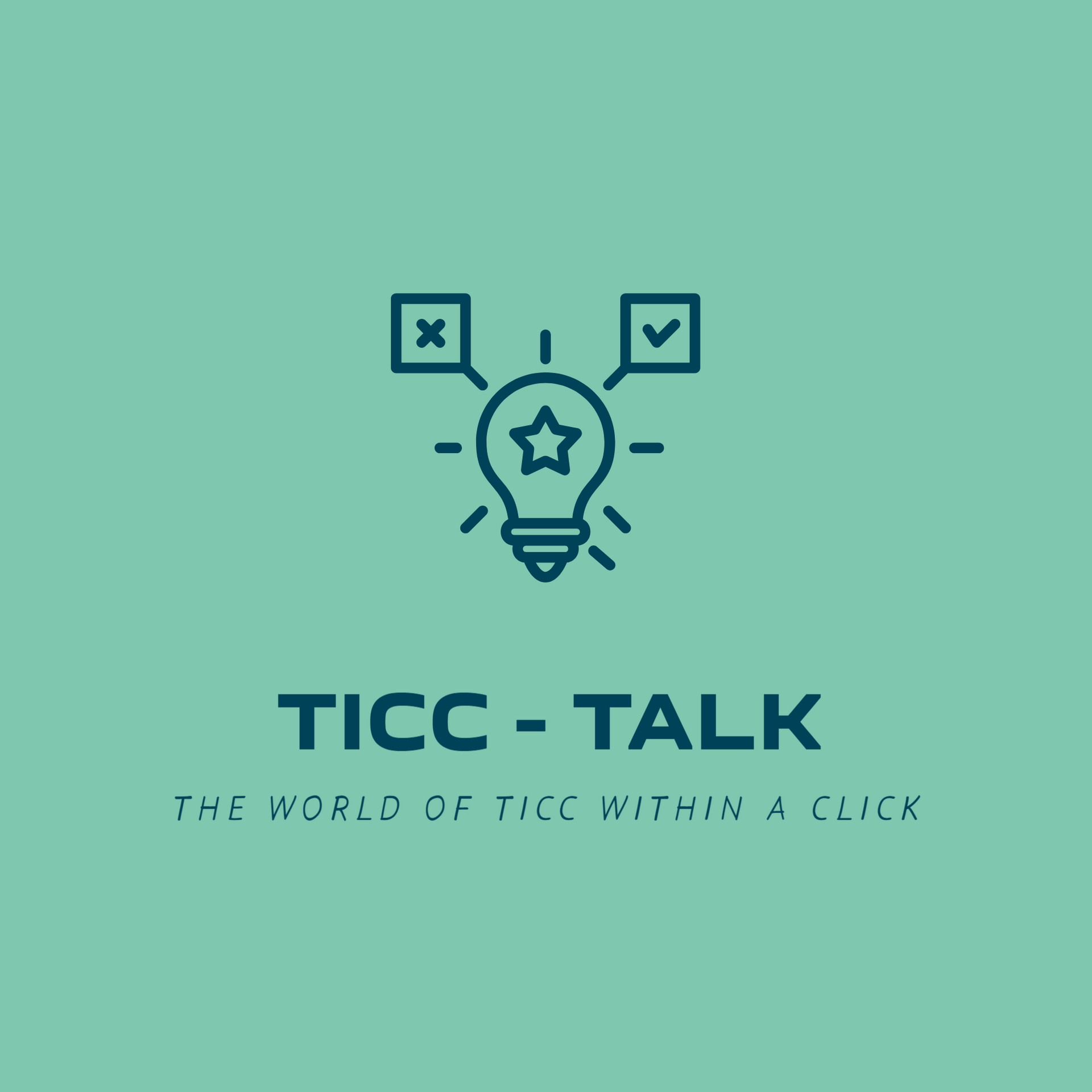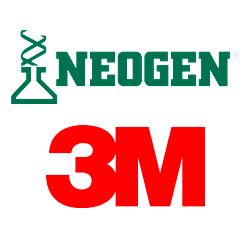Why Laboratory Space is Becoming More Expensive: Some Key Drivers and Considerations
Laboratory Cost / Opex / TICC Challenges
The cost of laboratory space continues to rise across the globe, creating challenges for businesses in various sectors. Whether you're in environmental testing, life sciences, food safety, or even high-tech industries, lab space is a critical resource that has become more expensive than ever before. The rising costs can be attributed to several complex factors that make it difficult for labs to maintain operational efficiency and manage their budgets. Let's break down the top reasons for these rising costs and explore some considerations for the future.
1) Laboratory Rental and Building Costs: Whether renting or owning, laboratory space comes at a significant premium due to the specialized infrastructure required. The costs of building a laboratory, from scratch or through retrofitting, are considerable—driven by the need for specialized features such as climate control, ventilation, high-capacity utilities, and compliance with health and safety regulations. Renting these spaces can also be notably more expensive than general office space due to similar requirements and the need for continuous upkeep.
2) Energy Consumption: Laboratories are energy-intensive, consuming 2.5 to 3.5 times more energy than typical office spaces. This is due to 24/7 operations, specialized equipment, and controlled environmental conditions. Many labs also use up to 800,000 gallons (3.7 million liters) of water per year, making energy efficiency a key cost driver.
3) Staffing and Labor Costs: In addition to the lack of automation, staffing is heavily influenced by regulatory requirements, like the need for certified biologists in clinical diagnostics in countries like France. Moreover, many labs are slow to implement modern talent retention and attraction strategies, which has contributed to an already high demand for qualified personnel, further pushing salary costs above average levels in the industry.
4) Consumable Costs: These costs are not just about price hikes. Labs are often forced to keep low inventories due to the short shelf life of consumables in fields like microbiology (usually 30 days). This contributes to supply chain volatility and makes long-term budgeting difficult, especially in areas where method development and regulatory changes demand new reagents and materials.
5) Automation Hesitation: Automation is a complex and costly undertaking. Unlike other industries, laboratories do not have standardized, off-the-shelf automation solutions available. Most automation efforts are still at the pilot stage or require heavy customization. Labs are often hesitant to invest due to unclear ROI, high initial costs, and the demand for individualized solutions, making automation adoption slower and more costly than expected.
6) Logistics: Laboratory logistics, such as sample collection and delivery, have become increasingly demanding. What used to be daily pickups has evolved into multiple pickups per day, including weekends and holidays. Many labs lack logistics experience, which increases operational costs and strains resources as they attempt to meet higher service level expectations.
7) Space Inefficiencies: Many lab facilities are outdated, often dating back to the 80s and 90s. Over time, they’ve grown incrementally, adding new spaces next door, upstairs, or downstairs to meet expansion needs and regulatory changes. This has often resulted in inefficient layouts that hamper workflow and increase operational costs.
8) Consumable Costs and Supply Chain Volatility: A significant bottom-line impact after staff costs is the increasing price of reagents, materials, and other consumables. Labs are facing greater challenges from supply chain disruptions, shortages, new method developments, and changing regulations, leading to rising costs year-on-year.
Addressing some of the Challenges:
Laboratories are well aware of these challenges, and many are already implementing measures to improve operational efficiency. While no single solution fits all, the following strategies could help labs stay competitive:
- Investing in Key Staff: Labs must invest more strategically in talent retention and attraction initiatives. Offering more appealing working conditions, compensation, and growth opportunities will help laboratories tackle the significant shortage of qualified labor.
- Optimized Space Planning: Going vertical or embracing more efficient layouts will help labs reduce wasted space and improve workflow efficiency.
- Automation: While automation solutions remain costly and highly customized, focusing on specific areas like sample flow balance, where efficiency gains can be clearly measured, could provide more immediate ROI.
- Energy Efficiency: Labs should focus on energy-efficient operations to address the high costs of energy and water use, improving their environmental and financial sustainability.
- Leasing Equipment: Leasing high-value equipment, particularly when technology evolves rapidly, can reduce CapEx and provide more flexibility.
These are some areas where labs can explore. To fully understand the scope and opportunities for specific operations, feel free to contact us for a detailed conversation.



